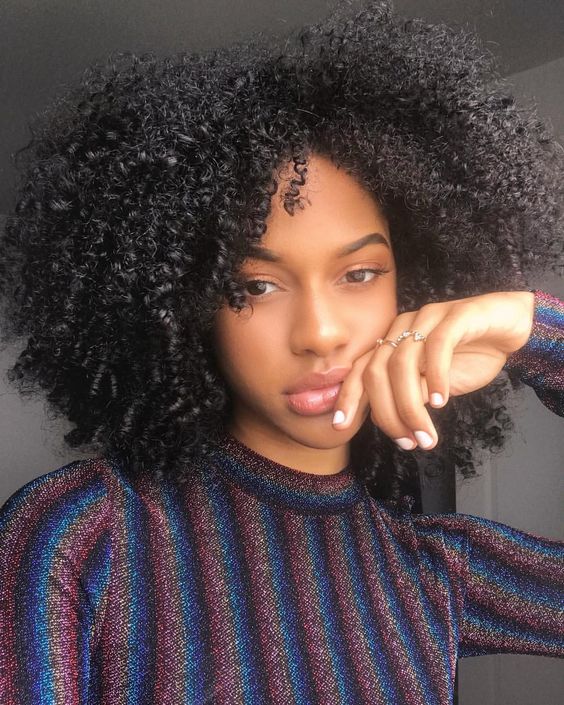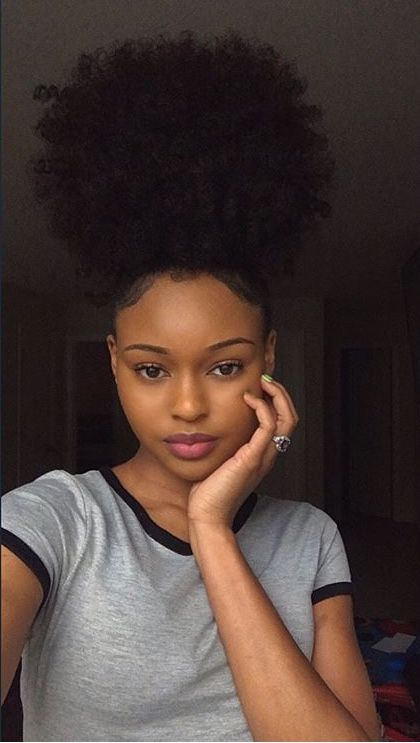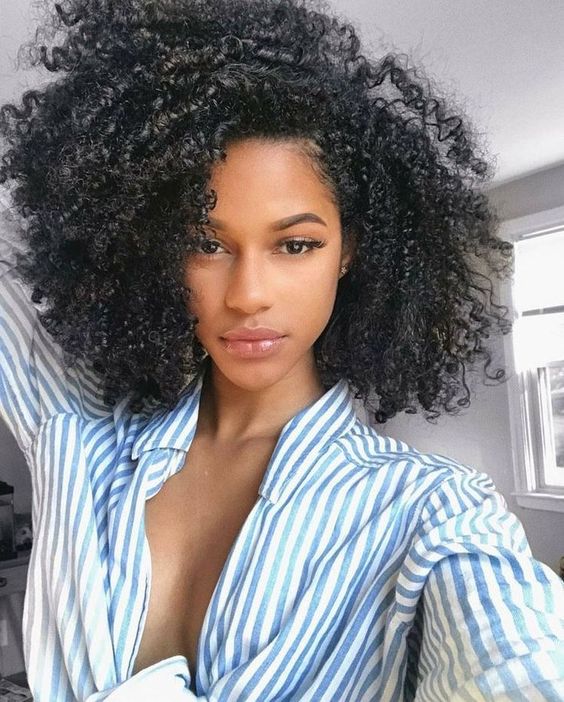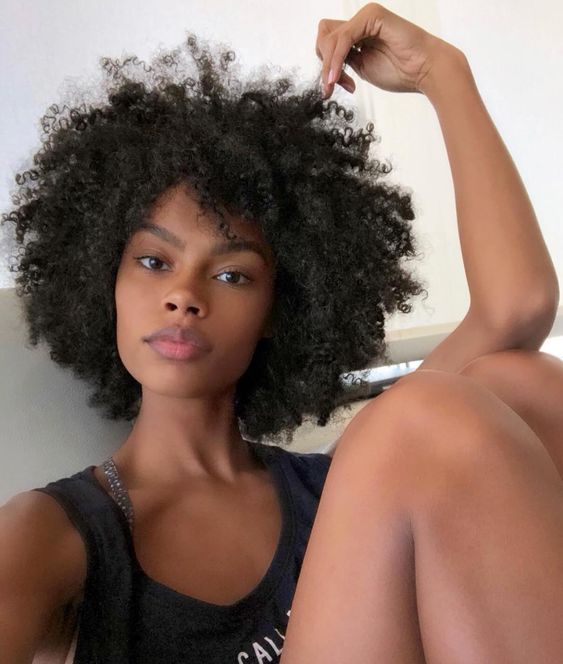300x600
Deep Conditioning Natural Hair
A Definitive Guide to Deep Conditioning Natural Hair
Natural hair needs love and attention. Deep conditioning is that long talked about a task that many have been guilty of overlooking for too long. Lack of moisture takes a toll on our hair’s vibrancy and health. Moisturizing, hydrating and prepping our hair for styling is the cornerstone of a long lasting relationship with our locks. Often perceived as a time-consuming task that few can afford, this guide offers simple straightforward steps for integrating deep conditioning as a habit into your weekly routine.
1Why Should You Deep Condition?

Deep conditioning helps our hair bounce back from damage inflicted by manipulation (braiding, twisting, pulling), use of heat tools, pollution and weather conditions. All these factors weigh in to dehydrate our hair. Deep conditioning is aimed at helping our hair retain healthy water balance that provides elasticity, minimizes breakage and allow it to show its full glory.
2How to Deep Condition Natural Hair

- Start with clean hair: If it’s been a while since you last paid attention to your strands, start off with clean hair. You can even try a clarifying shampoo or making one of your own by adding a teaspoon of baking soda into your regular shampoo. This will help remove buildup that could prevent the deep conditioning ingredients from doing their job.
- Divide and conquer: Split your hair into sections, as many as you wish and have time (and clips) for. working in sections allows an even distribution of the product.
Apply from ends: Work with a quarter-sized amount of conditioner starting from your hair ends. Why? Ends are the oldest part of your hair, they have suffered the longest and are the most exposed to friction and damage. - Be generous: Work up the amount of product per section until you feel your hair is completely coated and saturated. Full coverage guarantees your hair will recover and replenish evenly.
- Cover it: Creating a fairly sealed environment for the deep conditioner to act will make use of your own body heat to encourage the moisturizing process. You can use a simple plastic cap.
- Let it act: A minimum of 30 minutes with no heat is the gold standard for deep conditioning. Time lets ingredients penetrate the hair and seal up moisture before rinsing.
- Cold rinse: Use cold water to rinse out the product. Water can act as cuticle sealant, trapping moisturizing ingredients into your hair and giving it a smooth appearance that bounces off light to give your hair a full, shiny look.
3Popular Tweaks for Deep Conditioning

- Heat assistance: Using heat can speed up the conditioning process. Heat acts by opening up the hair cuticle and letting the product penetrate faster. There is more than one way to use heat while deep conditioning.
- Warm up your conditioner: Use a microwave-safe container to warm up your conditioner. Warning – Do not put the product bottle inside the microwave, sealed or open.
Use a hooded dryer or a blow dryer over your cap on a low heat setting. You can generate some extra steam by using a damp face towel between your hair and your plastic cap. - Buy a heat cap or a steamer.
- Double conditioning: After rising your deep conditioner, follow up with a lighter conditioner (usually labeled for daily use) as their composition is geared towards making detangling and managing easier.
- Overnight conditioning: If you have a great plastic cap and an extra towel, go ahead and give overnight deep conditioning a try. We recommend using this method with low porosity hair and more lightweight conditioners. Don’t do it for more than 8 hours since trapped moisture can create bacteria.
4What To Look For In A Deep Conditioner

The main ingredient of a moisturizing deep conditioner is water. The rest of its components aid to retain hydration and are mostly oils, fatty alcohols, and proteins. Deep conditioners include protein components that are fundamental to give our hair structure. Keratin, wheat, collagen, soy and other sources of protein can be beneficial to restore limp, lifeless hair. Here are some guidelines to shop for a deep conditioner:
- Oil is your friend: Natural oils are a great moisture component, they help by trapping water into each strand and providing sheen.
- Be wary of the silicones: We’re getting a little technical here but it’s for a good cause. Silicone can be great for managing hair as it coats the hair shaft and prevents it from tangling. However, these components are usually not water-soluble and can prevent much-needed hydration to enter the hair cuticle over time.
- Ceramides: Also a sealing component, ceramides aid in producing an even, smooth hair surface. A much better alternative to silicone.
- Protein: When using a protein conditioner, look for where it’s ranked in the ingredients list. The closer it is to the top of the line, it likely means the product is protein intensive and should be used in a monthly or bi-weekly basis.
- You’ll be better off without sulfates: Often a main shampoo component, sulfates can also be used in conditioners to achieve product consistency. They are known for stripping moisture out from hair, doing little service to restoring your hair’s moisture.






0 Komentar